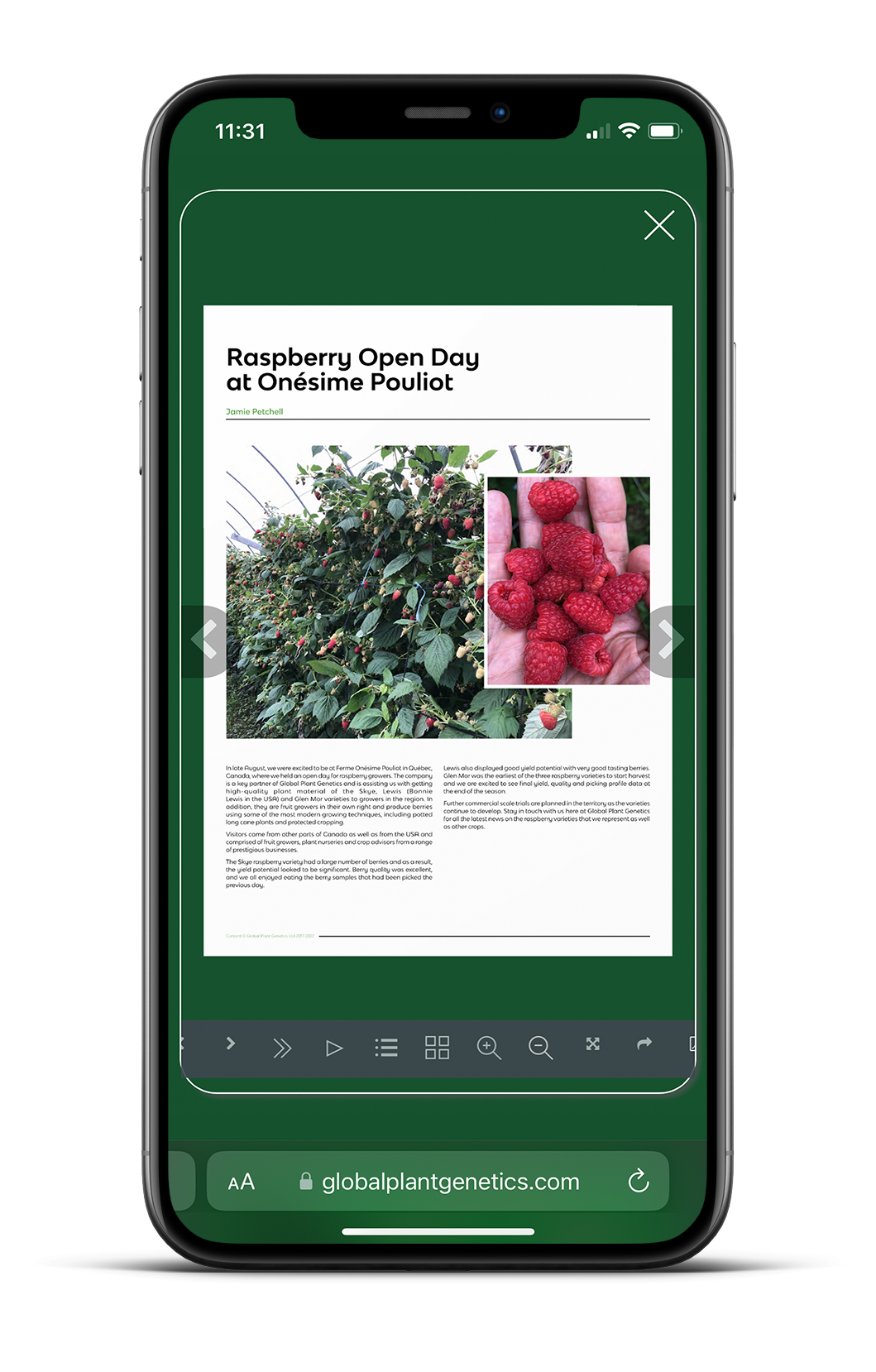It is very common for asparagus growers to stop their harvest based on many years of accumulated knowledge. In my meetings with growers this year, I decided to ask as many as possible what information they were collecting in order to make this decision based on certain quantitative or qualitative factors. The key points are listed below.
Fixed End Date
This system is in wide use across many countries. It relies on the fact that there is a traditional date for both the start and finish of the asparagus harvest. The UK is a good example of this; the traditional start date is 23rd April and the finish is 21st June. There can be downsides to this approach as it can lead to “over-harvesting” in early years. However, the fixed end date is more to ensure that there is adequate time for sufficient fern regrowth post-harvest in good conditions to generate the Carbohydrates for the subsequent crop.
Fixed number of days
I came upon this approach in Peru. It is especially employed in the two annual harvest system that many growers employ there. The aim is to have two asparagus harvests each year, each lasting 45 days. Therefore, irrespective of the yield that is achieved within that time period, the crop is left to go to fern after 45 days. This method is particularly suited to climates such as that in Peru where there are predictable and stable weather conditions, allowing relatively risk-free planning of production.
Quantity of spears
This practice was something I came across on a visit in Germany and then again later in Peru. Pre-harvest, the growers are sampling various sites within their plantation to assess the number of buds present, either per linear metre or per crown. They then extrapolate this data to a per hectare basis and calculate the quantity of spears that can be harvested and more importantly, how many need to be left to grow into fern to maximise the re-charge for the following crop. I could see particular benefits in this practice for younger crops where it is vital not to over-harvest.
Overall tonnes taken
This was another method that was highlighted to me in Peru, in the northerly growing area of Trujillo. Once more, it is effective when the weather conditions are stable and yield predictions can be accurate. Growers plan a certain yield required to be harvested from fully established fields. Once this figure is achieved, they stop and let the crop move into the fern growth phase. This would be a risky approach in cooler climates as it would not necessarily allow growers to extract the maximum potential from their crops.
Average kgs/ha/day
One of the key performance indicators in an asparagus crop is the volume of asparagus that is harvested per hectare per day. A broad generalisation of a good figure is 100kgs / ha / day. This would indicate an efficient use of labour and a crop that is still thriving. In some countries this figure is higher and in others, it is lower. To make this system work on a local level, it is important to calculate the economic threshold for best use of labour and crop performance and come up with your own figure. If daily yields fall below this figure, then it is a trigger to check the condition of the crop in the field and perhaps make the decision to cease cutting.
Average spear diameter
In a similar way to the “average kg / ha / day” described above, in this method growers look at average spear diameters achieved from their crops on a daily basis. They have set levels that are considered as benchmarks. These are set according to cultivar choice, field age and other localised factors. Once daily average levels are less than the set benchmark, it is again time to check the fields and make a decision on crop finish.
Carbohydrate (CHO) content of the roots
There are growers in certain parts of the world using the AspireNZ system as a decision management system to aid in the end of harvest. It is being updated so that it becomes a smart phone app too. I have met with other growers who are monitoring root CHO content only and then using the figures generated to support the decision to end the harvest. One grower in the south of Peru employs this system and stops the asparagus harvest when brix readings reach 11 or below on the refractometer.
Conclusion
As can be seen from the many options available to asparagus growers listed above, there is not one single system that answers the ultimate question across the globe. However, there could be improved decisions made to improve crop longevity if the appropriate system is employed in an individual grower’s conditions.
If you have any questions or would like more information, please make contact with me.
Jamie Petchell – Global Plant Genetics
jamie@glonbalplantgenetics.com

